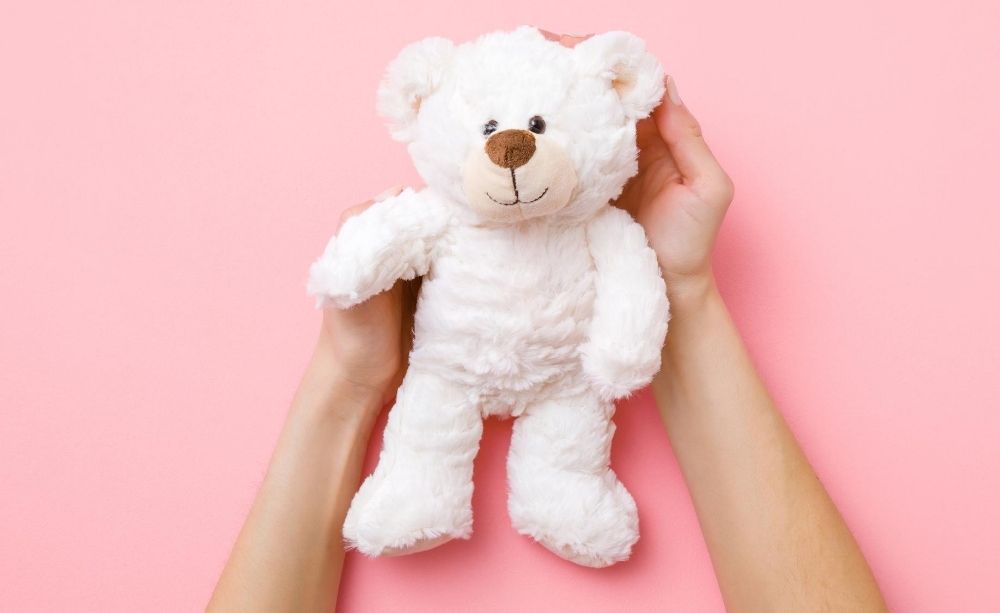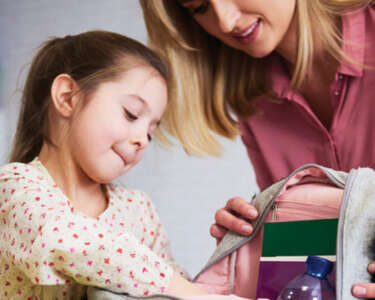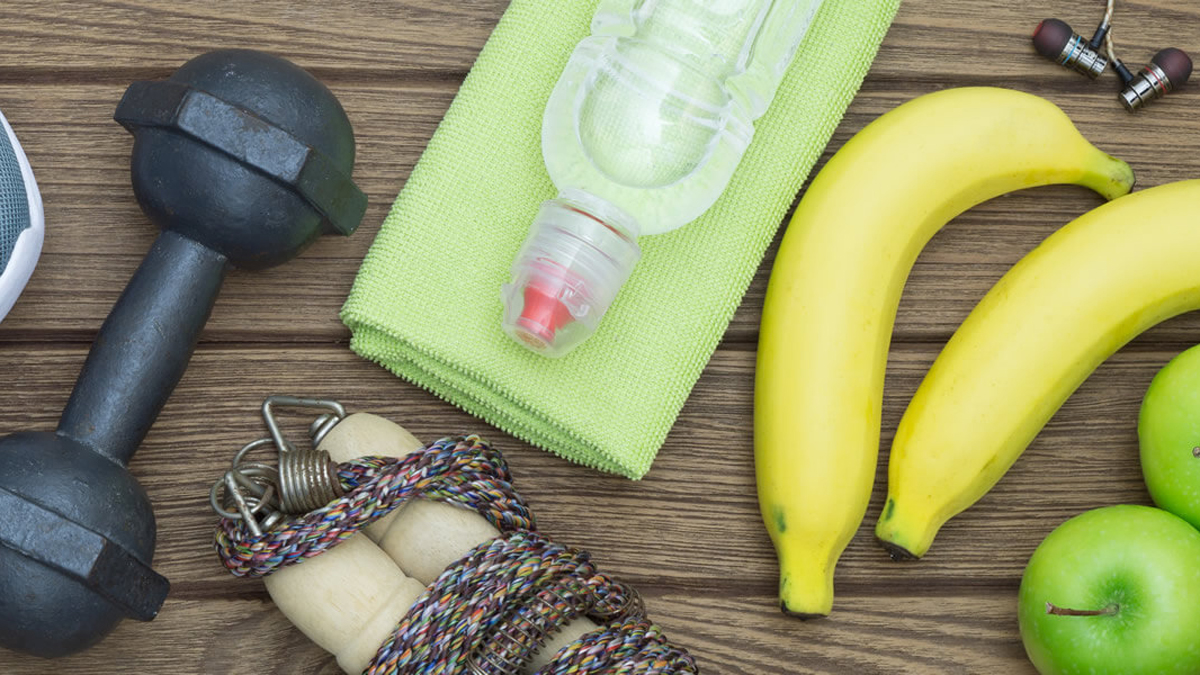Some families shower toddlers with oversized stuffed friends to squeeze and join in tea parties and dress-ups. Others save heirloom teddies to pass on. The benefits of stuffed animals are many and extend beyond toddlerhood to many of life’s transitional phases.
Stuffed Animals Provide Comfort
Stuffed animals provide portable security. This is especially important during “transitional” phases, such as starting pre-school or visiting distant relatives for the first time. Stuffed animals are familiar friends in new surroundings. Stuffed animals are important “transitional objects” that teach young children that they don’t always have to rely on their parent or adult caregiver for support and comfort. The toy becomes a physical embodiment of security.
As children grow into young adulthood, they often bring their favorite childhood stuffed toy with them through stressful transitions from middle school to high school and high school to college. Adults find stuffed animals work as sleep aids and help alleviate loneliness.
Stuffed Animals Soothe Anxiety
When people feel stressed, they tend to experience the “fight or flight” reaction and need some kind of physical release. With children and some adults, that means an impulse to grab something, often a parent’s hair or another person’s hand. Stuffed animals give children something to grab and squeeze when they feel anxious. Adults may also find that stuffed animals help soothe anxiety and depression.
Educational Benefits
Children begin to develop social skills, language skills, and coping skills by interacting with their stuffed friends. They begin to learn imaginative play, how to share, and how to have conversations—even if they are imaginary conversations between two stuffed friends. Playing as a parent to a stuffed animal builds a child’s confidence and gives them a sense of control over an otherwise big and confusing world. The benefits of stuffed animals include helping with overwhelming emotions—talking to a stuffed animal or acting out worries with a safe, comforting stuffed friend helps children learn coping processes.
An Important Note: Always Remember Safety and Hygiene
Before you choose a stuffed animal for your child or grandchild, check for safety. Avoid glued-on features like eyes and noses that can pull off and become choking hazards. String or hair that pulls off will end up in a child’s mouth. Check for wires that could poke through and cause injury. Stuffed animals gather dust and dust mites, which can worsen allergies and asthma, so read tags and find out if the toy is washable. Determine if you can remove electronics in order to keep the toy clean. Remember, never put a stuffed animal in a crib or allow a baby to fall asleep with one, as these situations create a risk of suffocation.
When safely used and kept clean, stuffed animals provide emotional and educational benefits to children and ease anxiety and loneliness in adults.














 Deering Estate
Deering Estate
 Massage Envy South Miami
Massage Envy South Miami
 Calla Blow Dry
Calla Blow Dry
 My Derma Clinic
My Derma Clinic
 Sushi Maki
Sushi Maki
 Sports Grill
Sports Grill
 The Healthy Kitchen
The Healthy Kitchen
 Golden Rule Seafood
Golden Rule Seafood
 Malanga Cuban Café
Malanga Cuban Café

 Kathleen Ballard
Kathleen Ballard
 Panter, Panter & Sampedro
Panter, Panter & Sampedro
 Vintage Liquors
Vintage Liquors
 The Dog from Ipanema
The Dog from Ipanema
 Rubinstein Family Chiropractic
Rubinstein Family Chiropractic
 Your Pet’s Best
Your Pet’s Best
 Indigo Republic
Indigo Republic




 ATR Luxury Homes
ATR Luxury Homes


 2112 Design Studio
2112 Design Studio
 Hamilton Fox & Company
Hamilton Fox & Company
 Creative Design Services
Creative Design Services
 Best Pest Professionals
Best Pest Professionals
 HD Tree Services
HD Tree Services
 Trinity Air Conditioning Company
Trinity Air Conditioning Company
 Cisca Construction & Development
Cisca Construction & Development
 Mosquito Joe
Mosquito Joe
 Cutler Bay Solar Solutions
Cutler Bay Solar Solutions


 Miami Royal Ballet & Dance
Miami Royal Ballet & Dance
 Christopher Columbus
Christopher Columbus
 Pineview Preschools
Pineview Preschools
 Westminster
Westminster
 Carrollton
Carrollton
 Lil’ Jungle
Lil’ Jungle
 Frost Science Museum
Frost Science Museum
 Palmer Trinity School
Palmer Trinity School
 South Florida Music
South Florida Music
 Pinecrest Orthodontics
Pinecrest Orthodontics
 Dr. Bob Pediatric Dentist
Dr. Bob Pediatric Dentist
 d.pediatrics
d.pediatrics
 South Miami Women’s Health
South Miami Women’s Health

 The Spot Barbershop
The Spot Barbershop
 My Derma Clinic
My Derma Clinic




 Miami Dance Project
Miami Dance Project

 Rubinstein Family Chiropractic
Rubinstein Family Chiropractic
 Indigo Republic
Indigo Republic

 Safes Universe
Safes Universe
 Vintage Liquors
Vintage Liquors
 Evenings Delight
Evenings Delight





 Atchana’s Homegrown Thai
Atchana’s Homegrown Thai
 Baptist Health South Florida
Baptist Health South Florida

 Laser Eye Center of Miami
Laser Eye Center of Miami
 Visiting Angels
Visiting Angels
 OpusCare of South Florida
OpusCare of South Florida

 Your Pet’s Best
Your Pet’s Best





 HD Tree Services
HD Tree Services
 Hamilton Fox & Company
Hamilton Fox & Company


 Creative Design Services
Creative Design Services